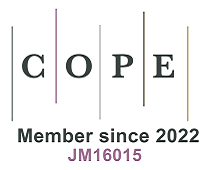Contents
Host
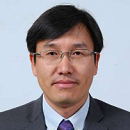
Dr. Jun Chen
School of Mathematics and Physics, University of Science and Technology Beijing, Beijing, China.
Executive Editor Of Microstructures
Speaker

Dr. Jian Wang
Mechanical and Materials Engineering, University of Nebraska-Lincoln, Lincoln, NE, USA.
Dr. Jian Wang is Fellow of ASME, Fellow of ASM International, and a full professor of Materials and Mechanical Engineering at the University of Nebraska-Lincoln. He received his Ph.D from Rensselaer Polytechnic Institute, Troy, NY, USA, in 2006 and worked at Los Alamos National Laboratory (LANL) until 2015. His research focuses on quantitatively exploring the structure-properties relations of materials using multi-scale theory, modeling and experimental methods and techniques. He was awarded the LANL Distinguished Postdoctoral Performance Award (2009), the LDRD/Early Career Award (2011), TMS MPMD Young Leader Award (2013), International Plasticity Young Research Award (2015), Materials Today Rising Star Award in the category of Materials Genome Innovation (2018), and TMS MPMD Distinguished Scientist/Engineer Award (2022). He served as Editorial Board of International Journal of Plasticity (2015~), Materials Research Letters (2016~), and six others. He has published more than ~300 peer-reviewed papers (> 16,000 citations and H-index = 76; 9 papers featured as Journal cover), and delivered 150+ invited/keynote lectures.
Programme
Programme
Twinning and de-twinning, which are the dominant deformation mechanisms in hexagonal-close-packed (HCP) metals, exhibit more complex nucleation, propagation, thickening mechanisms than those in cubic structures (FCC and BCC). Specifically, twinning and de-twinning cause unidirectional shear and crystallographic reorientation, associated with atomistic shuffling. Due to the coupled movements of shear displacement and shuffle displacements, twinning mechanisms are subject to some debate among pure-shuffle vs shear-shuffle. Due to small shear vector associated with twinning disconnection, steps and facets are generally formed associated with the pileup of TDs. Understanding formation and motion of TDs/Steps/Facets is essential for describing the propagation and thickening of deformation twins. Due to multiple variants and twinning modes in HCP metals, there is a fundamental issue of determining the activated twinning modes and twin variants under a certain deformation condition. In this talk, I will focus on the fundamental understanding of nucleation, propagation, and interactions of deformation twins and the development of materials modeling tools for twinning at meso- and macro- scales as well as alloy design. These findings provide theoretical base for researchers to revisit experimental data, rebuild the frame of twinning mechanisms and advance the development of alloy design.
Moments









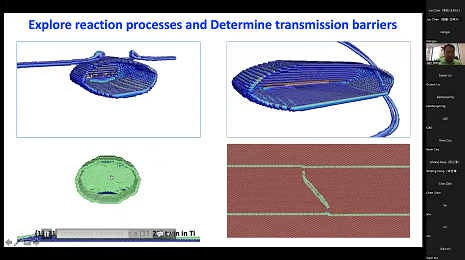

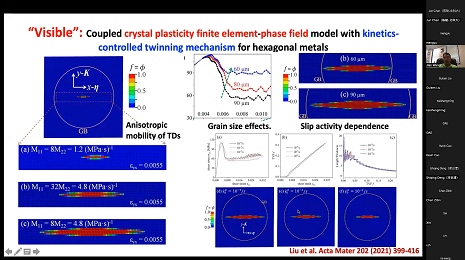
Presentation
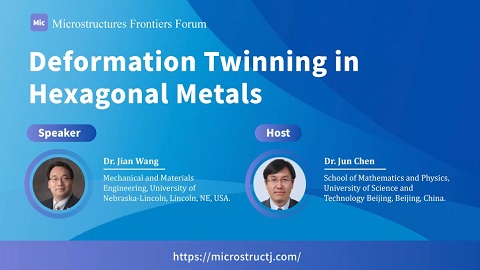
Deformation Twinning in Hexagonal Metals
NaN
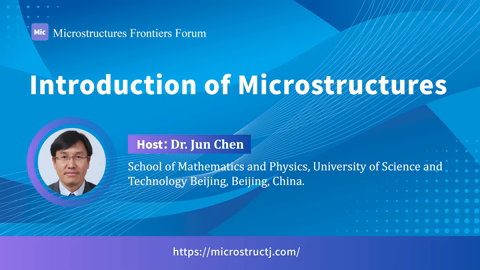
Introduction of Microstructures
NaN







